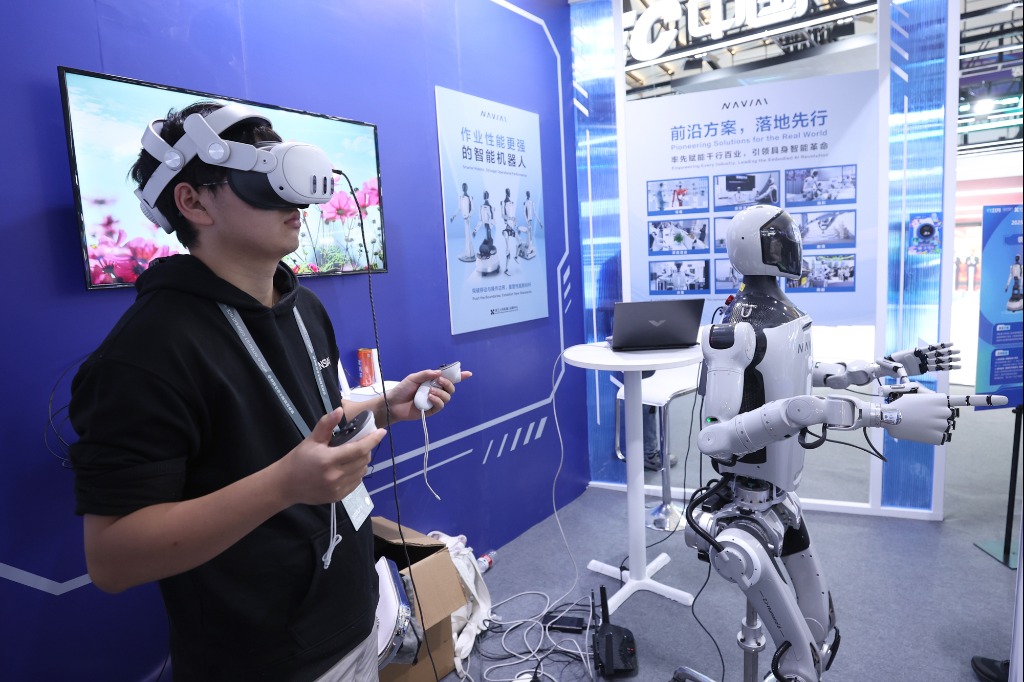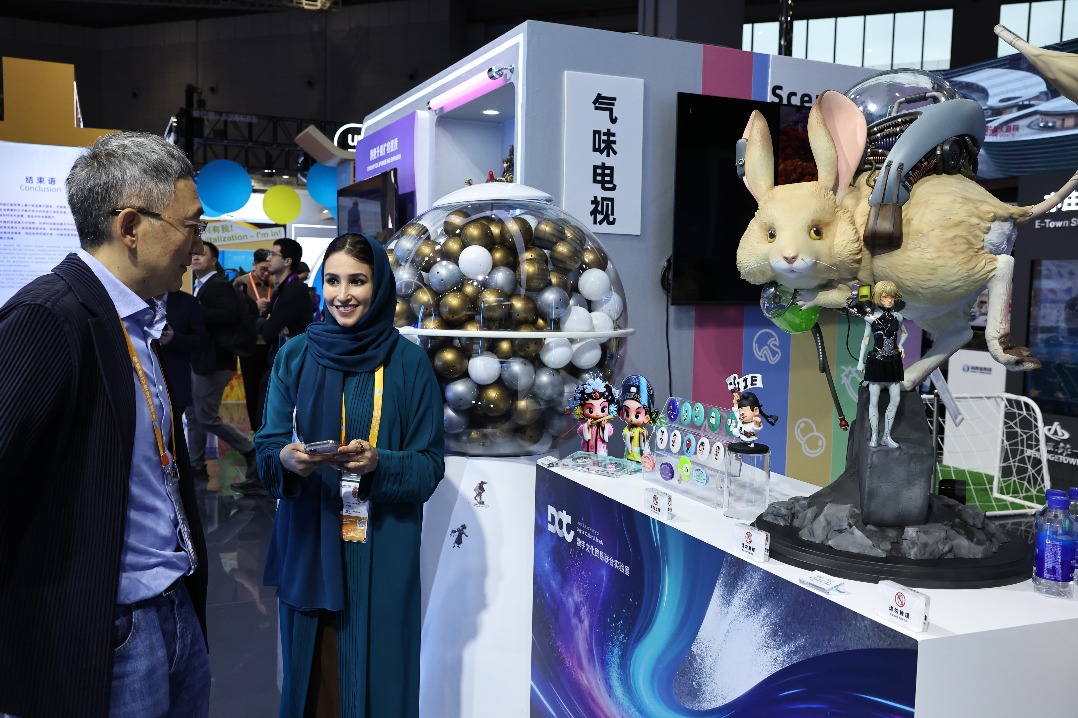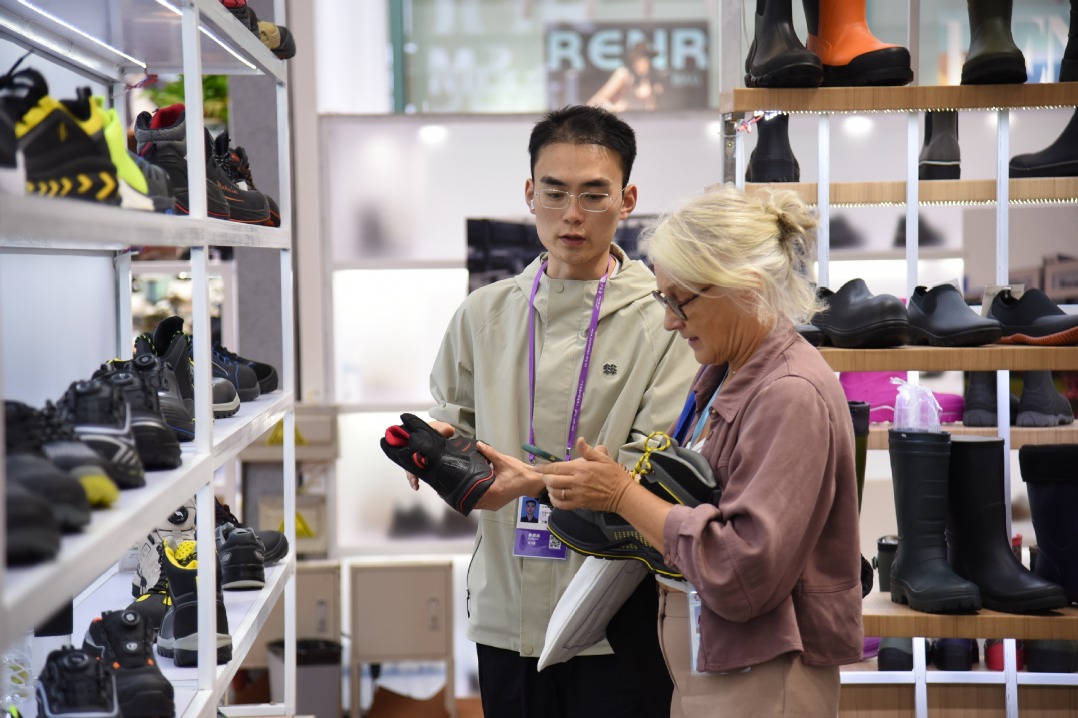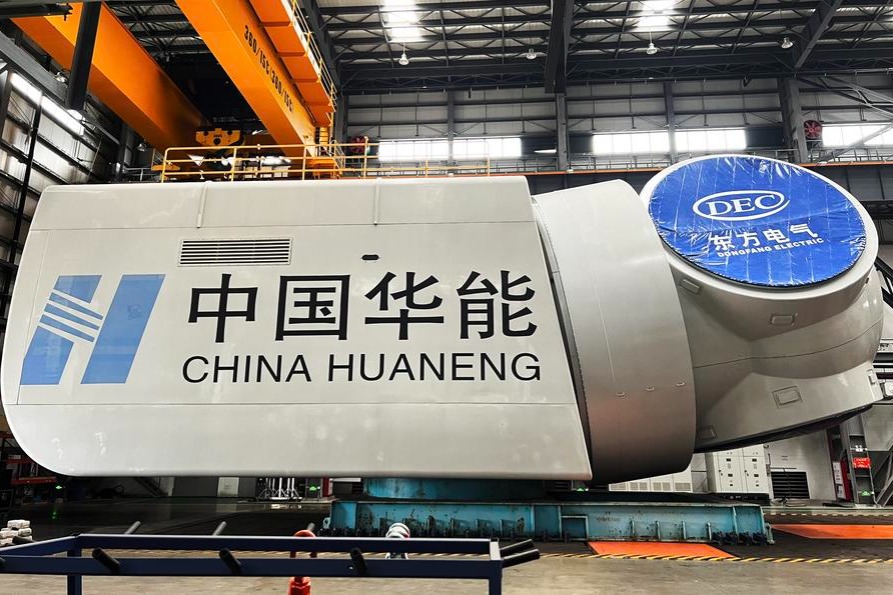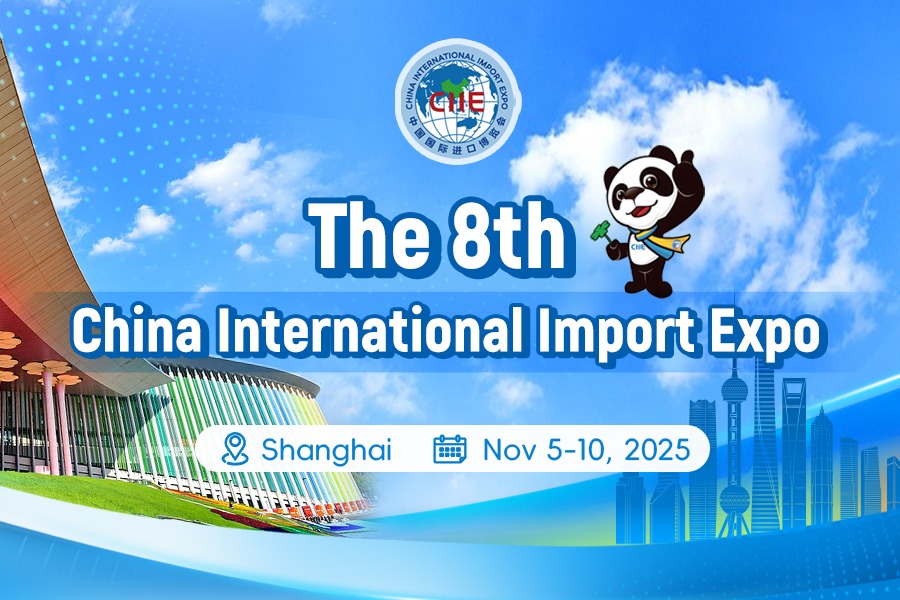Tough action to help growth of photovoltaic biz
New measures in place to eliminate disorderly competition in crucial sector

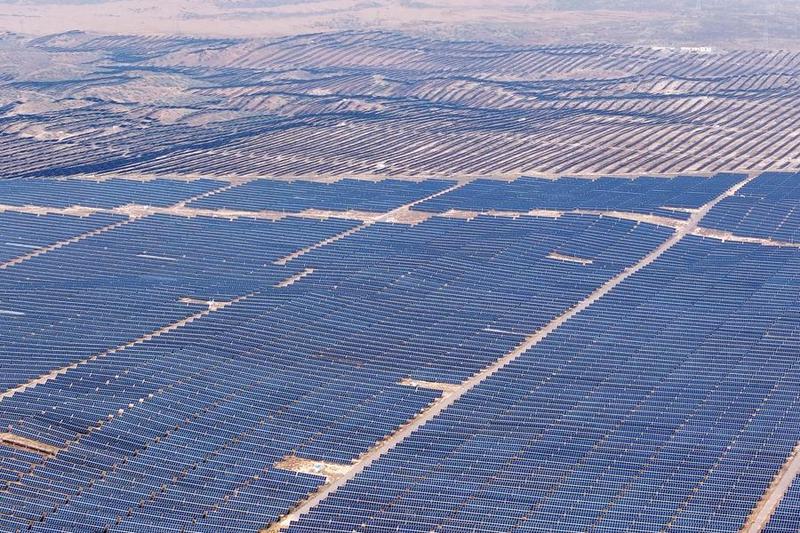
China's systemic governance of cutthroat pricing practices and accelerated phase-out of obsolete production capacity will speed up the photovoltaic sector's strategic shift to value-driven growth, experts said.
The comments came after the Ministry of Industry and Information Technology convened a pivotal symposium on Thursday, announcing sweeping measures to eliminate low-price disorderly competition in the photovoltaic sector.
Chaired by Li Lecheng, minister of MIIT, the meeting outlined a three-pronged strategy: systemic governance of cutthroat pricing practices, enterprise-level quality enhancement initiatives, and accelerated phase-out of obsolete production capacity, to ensure "healthy and sustainable development."
The high-level dialogue brought together 14 top executives representing the solar value chain's core segments — silicon materials, wafers, cells, and modules.
Li hailed China's solar sector as "a shining name card of manufacturing," noting its global leadership in scale and technology.
"We must objectively assess challenges while consolidating our advantages to build a cleaner world," he said, directing industry associations to strengthen self-discipline and bridge government-enterprise coordination. The MIIT will intensify macro-guidance, refine standards, and address corporate pain points to "escort high-quality industry development."
The policy intervention comes amid intensified competition in the photovoltaic sector.
Chinese solar power company Longi Green Energy Technology Co Ltd, represented at the meeting, said photovoltaic enterprises fully comprehend policymakers' resolve to regulate low-price competition and optimize production capacity during a period of transition pain for the industry. "This creates structural opportunities for technologically advanced companies," it said.
"We will leverage its global-leading strengths in original technology to accelerate the commercialization of high-efficiency products, using differentiated innovations to break through the price war deadlock," Longi said.
The company said it will also actively support the development of a "unified national market," enhance industrial chain collaboration, and facilitate the orderly exit of outdated production capacity.
This regulatory push aligns with broader national priorities.
A front-page commentary in People's Daily, published last week, decried "exhaustive internal competition" as a distortion of market mechanisms, urging reforms to dismantle regional protectionism.
The China Photovoltaic Industry Association followed on Monday by committing to foster "quality-driven pricing" models and dismantle cutthroat practices.
China's solar power installations are expected to decline in 2025, as the industry cuts excessive production and shifts toward a more rational deployment of photovoltaic projects, according to forecasts released by the China Photovoltaic Industry Association in February.
China's newly installed photovoltaic capacity is expected to reach 215-255 gigawatts this year. This will be a year-on-year decline of between 22.54 percent and 8.13 percent, compared to the nation's newly installed photovoltaic capacity of around 277 GW last year.
Wang Bohua, honorary chairman of the China Photovoltaic Industry Association, said despite numerous difficulties and challenges, efforts are needed to prioritize marketing innovation and deepening industry-academia collaboration to enhance the industry's competitiveness and technological level with core technologies.
He called for strengthened industry collaboration, including optimizing industrial layouts and capacity planning, achieving resource sharing, complementing each others' advantages, and collectively addressing market challenges.


















